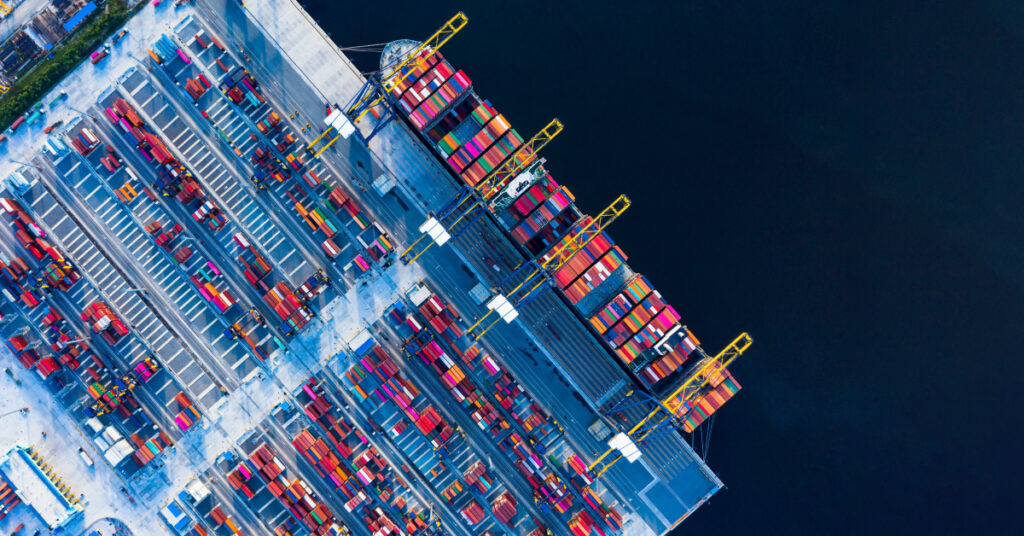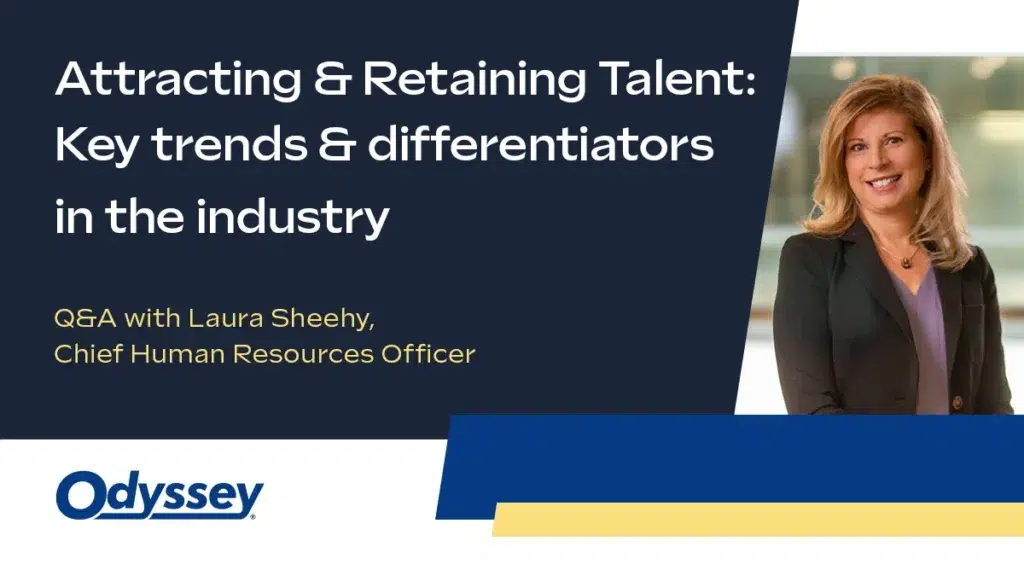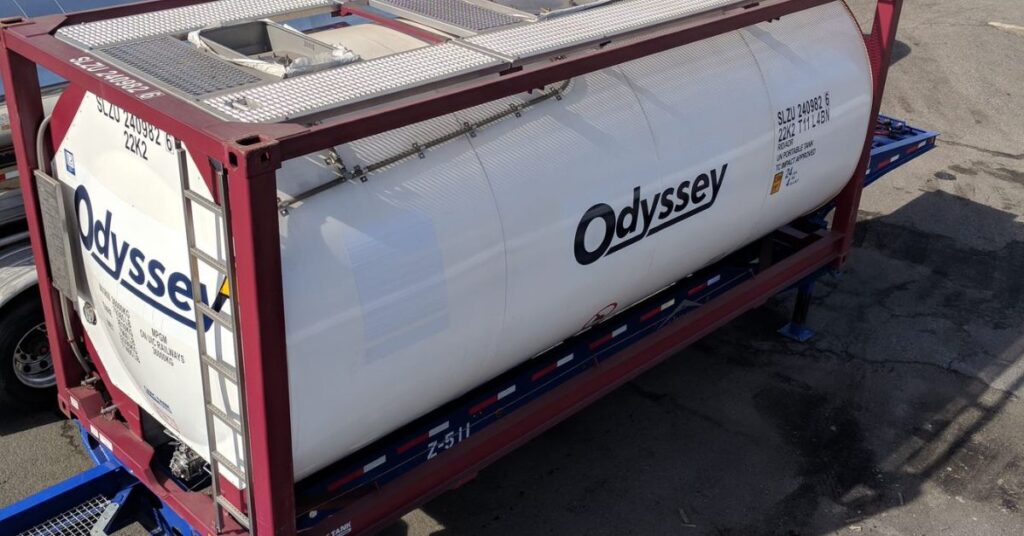How predictive analytics and advanced technology platforms help companies save money, increase efficiencies and pivot quickly.
If they didn’t know it already, companies across most industries have learned that well-oiled supply chains are generally driven by accurate data, modern technology platforms and collaborative tools. With the global pandemic continuing to disrupt supply chains worldwide, organizations are increasingly turning to predictive analytics to help them make good decisions, pivot quickly and save money at a time when everyone is trying to do more with fewer resources.
According to IBM, supply chain analytics represents the ability to make data-driven decisions, based on a summary of relevant, trusted data, often using visualization in the form of graphs, charts and other means. This is key because while supply chains typically generate massive amounts of data, the related analytics helps to make sense of all this data, along the way uncovering valuable patterns and generating insights.
How to Use Predictive Analytics
Whether they want accurate inventory levels, shorter order lead times, better supply chain visibility, happier customers, or all of the above, organizations can use predictive analytics and advanced technology platforms to achieve these goals (and more). The use of statistics and modeling techniques to make predictions about future outcomes and performance, predictive analytics factors in both current and historical data patterns to determine whether those patterns are likely to emerge again.
With this information in hand, companies can adjust their resource allocation in a way that leverages possible future events while also allowing them to improve operational efficiencies and reduce risk. Looking specifically at the current port congestion and container shortage issues, Transmetrics’ Asparuh Koev says predictive analytics and artificial intelligence (AI) can help minimize the impacts of container contingencies, improve operations and drive overall efficiency.
Tackling Port Congestion with Predictive Analytics
With MHI predicting that 62% of supply chain organizations will be using AI by 2026 (up from 17% in 2021), Koev sees data as a key facilitator of what he calls the “new era of transparency” in the shipping industry.
“By examining patterns in large amounts of data, predictive analytics provides insights that can lead to better-informed decisions,” Koev writes in AI and predictive analytics: Powerful ways to minimize container contingencies. “Even if the demand is growing, analyzing the demand based on seasonality, last year, and historical data provides forecasts.”
For example, an AI optimization model accounts for all of the costs that occur during the container lifecycle while data analytics offers visibility into the historical performance, health of current operations, and future costs based on predicted trends—showing whether a container should be express shipped or has time to wait in the port.
“This way, companies can decide to move empty containers back to high-demand locations in time of need,” Koev points out, “meaning they can save on storage costs while minimizing empty stock imbalances.”
What’s the Most Likely Outcome?
One of several types of supply chain analytics, predictive analytics helps companies understand the most likely outcome or future scenario and its business implications. “For example, by using predictive analytics, you can project and mitigate disruptions and risks,” IBM points out. Other key benefits include reduced operational costs, higher profit margins, a better understanding of potential risks and more accurate planning.
“As technologies such as AI become more commonplace in supply chain analytics, companies may see an explosion of further benefits,” said IBM, adding that when information is analyzed in real-time, AI can quickly assess, understand and correlate data and offer real-time analysis based on that information. This gives companies broader supply chain intelligence, IBM adds, and allows them to “be more efficient and avoid disruptions—while supporting new business models.”








